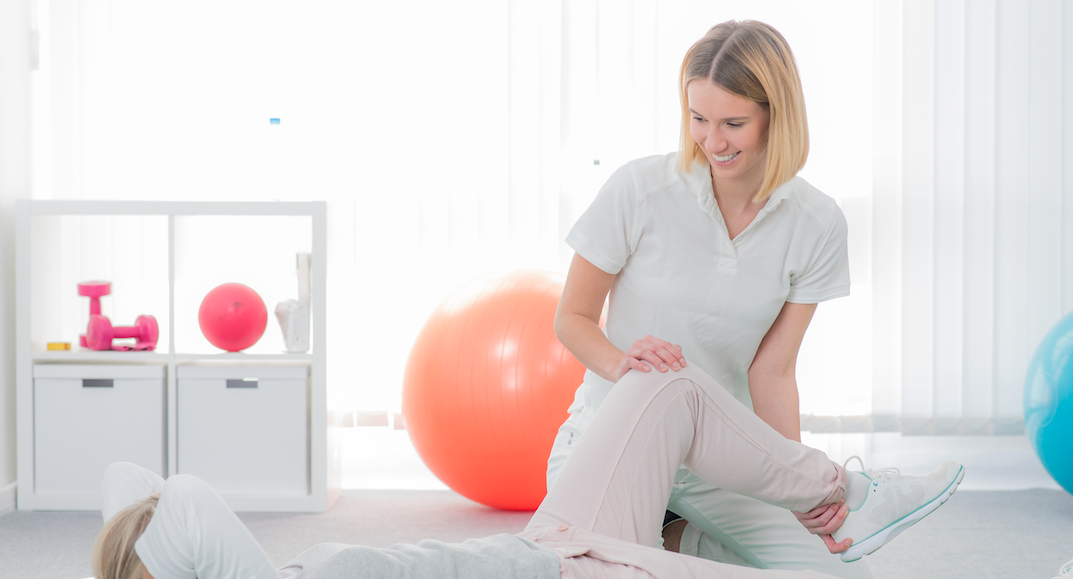What Pelvic floor physiotherapists say about Low Pressure Fitness?
Every day more womens health or pelvic floor physiotherapists get to know how important Low Pressure Fitness can be as a whole body program exercise that integrates core, pelvic floor and diafraghm in an excellent tool for their protocol treatments. Hear are some testimonys pelvic floor specialist have shared with us:
“Low Pressure Fitness has been great for my clients with prolapse and stress and urge incontinence. I think people see faster results with LPF than with doing kegels. Active women with prolapse love it because it’s a strenuous exercise that won’t increase their prolapse. It’s a great way to get in shape after having a baby. Most women tell me that their sex lives improved after doing hypos. It increases vaginal lubrication in menopausal women. It helps to normalize muscle tone, so is effective for people with high tone or low tone. I know, sounds too good to be true, but I’ve seen the results for myself and my clients”.
Mary Egan (Pelvic Support Physiotherapy)
“Low Pressure Fitness have become an important tool in my treatment for women with incontinence, prolapse, and other pelvic health concerns. I love the technique because it provides as much needed core training piece that is driven by the diaphragm. The diaphragm is a huge muscle and an important part of the core unit which is all too often ignored and forgotten. I truly believe “pelvic health” concerns are often “whole body” concerns, so I really appreciate teaching my patients a form of exercise that integrates all the components of the core”.
Anonymous (Pelvic floor physiotherapist)
”I do know a fair bit about the Low Pressure technique (more details below) and feel strongly it is another great tool for many of our patients, especially those with PH conditions.
When you look at the youtube videos you may think it is crazy. Once you are taught the nuances of the poses and the breath, then work with them in sequence you can see and feel their impact. More importantly the patient can feel and see almost immediate changes in their body. I can assure you the LPF technique is not something you can just pick up from watching you tube or a quick in-service. My Background with this exercises I have been using a type of diaphragm lift / apnea breath since mid 90’s having been taught this by Claudia Brown, Bernadette de Gasquet and Chantal Doumalin on various courses. I specifically used it with prolapse patients with variable results. I had no idea about the poses until taking the course in May 2013. Since incorporating the poses with the apnea I have frequently been stunned by the effects. Low Pressure Fitness is now a significant part of our clinic’s approach with patients. We have almost had 2 years of experience and confirm the effect with RUSI (rehabilitative ultrasound imaging biofeedback). While Low pressure routine is thought to be most useful with pelvic floor weakness patients with hypertonic pelvic floor muscles, persistent pelvic pain and spinal problems are also having great results.
The power of Low Pressure Fitness routine comes in the collaboration with physio, patient and trainers and the routine can be used to release patterns of dysfunction, help with alignment and then connect / develop motor control so the person can move and function more effectively.”
Mary Wood (Pelvic Floor Physiotherapist)
“I have found in my clinical practice that the Low Pressure Fitness is an invaluable tool for patients to help themselves. The program helps to reset the “core connection” improving the recruitment and tone of the pelvic floor and abdominal muscles. I treat a number of women with pelvic health issues and find the LPF to be very helpful in treating urinary stress incontinence and pelvic organ prolapse. With regards to prolapse, women will often report that the heaviness or bulging in their perineum has improved if not resolved, and on internal examination, the findings are verified. I have also found that LPF are very effective in the treatment of lumbo-pelvic-hip & thoracic dysfunctions. A photograph of a before and after picture of their posture can produce the “Wow Factor” as it can significantly improve posture. Clients will also often report feeling stronger in their “core”, allowing them to move and function with greater ease. In addition to helping their primary condition, patients often report an overall feeling of well being and increased energy—some clients have indicated they use this as their “perk up” in the morning, instead of a cup of coffee”.
Traci Belyk (BSc.P.T)
